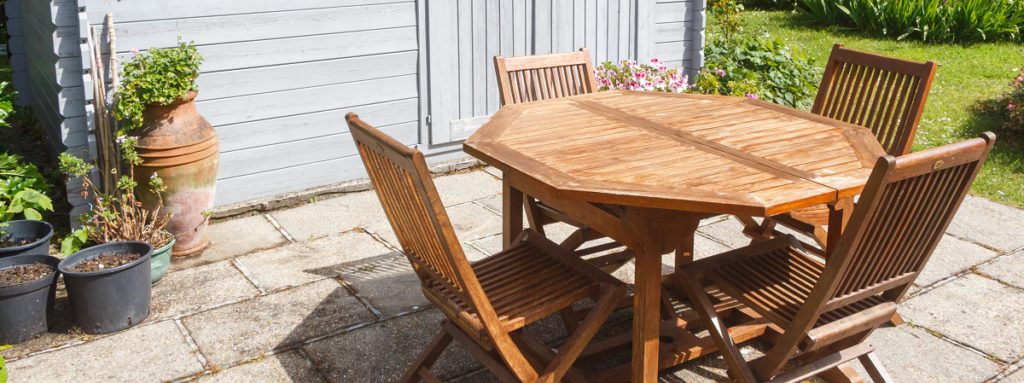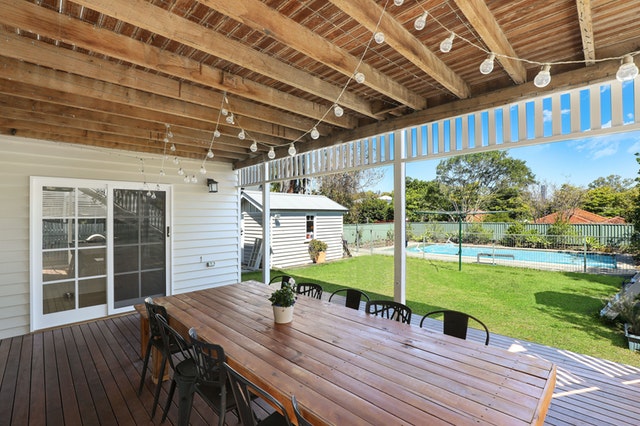Home is a synonym of comfort – and the definition of comfort is incomplete without technology. If I asked you to name one room in your house without technology, well you would struggle, wouldn’t you? Most of you know that I love tech. I will buy anything from phone accessories to cinema-style speakers if they are high-tech enough. There is nothing more fun than equipping your house with exclusive tech that also makes your life easier.
As we delve into the realm of home technology, it’s essential to remember that tech-savvy upgrades aren’t limited to just household appliances and gadgets. For those who enjoy a bit of leisurely competition, incorporating elements of gaming into your home environment can add an extra layer of entertainment. If you’re a fan of trading card games like Magic: The Gathering (MTG) or Pokémon, why not consider dedicating a space in your home for epic battles with friends and family? With the rise of online platforms offering MTG singles and Pokémon battle decks, you can easily curate your collection and create the ultimate gaming experience right in the comfort of your own home. Whether you’re summoning powerful creatures in a game of MTG or engaging in intense Pokémon battles, incorporating gaming into your home tech setup adds a whole new dimension of fun and excitement. So, why not spice up your home entertainment arsenal with a selection of MTG singles and a Pokémon battle deck? It’s sure to be a hit with gamers of all ages!
From automated, sensor installed lighting system to Alexa, you want it all. Here is a list of all affordable tech upgrades you can have for your home!
For the door
The Nest Hello doorbell comes with a built-in HD camera, that is connected to your phone. This way you don’t need to have a peephole in your door, you can just see the person through your phone! Not only that, the microphone and speaker installed in it help you talk to the person, no matter if you are at home or not. Whether it is dark at either of the places, or if the background is noisy, the quality of audio and video is second to none. You can make it yours for $229.
Light dimmer
This device comes with an in-wall light dimmer and a remote so that you can change the brightness of the lights in your house, all from just one place. This Lutron kit could be yours for as little as $60.
Amazon echo
This hands-free speaker is arguably the next big thing in the audio market. You can control the music that is playing, calls, messages, weather reports and even the above-mentioned light dimmer just with your voice. The Echo is available for purchase on Amazon at $85.
For plants and pet
If you are a plant person, there is a smart pot available in the market that takes care of your plant for an entire month once you fill it. It provides the required nutrients for the plant so that you don’t have to worry, the next time you go on a vacation. The price of the smart pot is $150. If you have a pet in the home, there is also a pet camera available at = $145 that keeps an eye on your dogs and cats (and other animals) when you are not home. So, check out on your phone if they are doing something they aren’t supposed to, like partying, for instance? 😉

Motion sensor garbage bin
The name pretty much explains the purpose of the tech. So, say no to any kind of contact with the dustbin because it can see you coming. No longer will you have to hold the dirty lids of the dustbin or pedal every time you need to throw in something. Do one more chore, in a little more stylish way!
Smart lighting
Well, that is possible with combinations like a light dimmer and the Amazon Echo. Such technology which also involves motion sensors, not only helps you in maintaining health standards in the vision for instance, but also helps you save energy as well. Forgetting to switch off lights is a common thing in most homes, and it shows on the electricity bill!
You could also get yourself a self – dimming bulb. That, when you flip the switch twice, creates a light pattern of dimming like a sunset. It takes 37 minutes to dim which helps you sleep easily. It is worth $37.
Smart heating
The temperature of your house is another factor that might break a sweat (literally) if you forget to adjust the AC or heater according to the outside temperature. Something that fixes itself according to the outside temperature is all you need so that you are at the most comfortable temperature at all times.
Smart bathtub
The Archer Vibroacoustic bath acts as a Bluetooth speaker, which when filled with water, make ripples with the help of music. What can be a better way to indulge in self-care after a hectic day?
You could also equip yourself with wireless garage door sensors to help you with the garage doors (duh!) and shower sensors that adjust the water temperature and flow pressure according to your comfort required!
Make your home, a creative tech–zone with these brilliant products available online! Enjoy!


























 Pick an acceptable location for operation of the company: Location is key and has an enormous impact on the business’ profitability. Thus, picking the right spot for the performance of your company’s operation is really a significant choice. You should consider factors such as customer footfall, rent, security amount, duration of rental arrangement, competition prevailing in the current market, ease of transport, delivery and storage, etc. before opting for the right location of functionality. You might even start the revenue division at a fantastic area where client foot traffic is high, or in the instance of wholesale, where storage is cheap.
Pick an acceptable location for operation of the company: Location is key and has an enormous impact on the business’ profitability. Thus, picking the right spot for the performance of your company’s operation is really a significant choice. You should consider factors such as customer footfall, rent, security amount, duration of rental arrangement, competition prevailing in the current market, ease of transport, delivery and storage, etc. before opting for the right location of functionality. You might even start the revenue division at a fantastic area where client foot traffic is high, or in the instance of wholesale, where storage is cheap. Burgin who is an industry consultant said that Café is one of the best businesses to get satisfaction from in terms of being a people person. However, peopleare not necessarily polite. They are good at talking to people or making things. Few café owners could have been in a better position if they had crunched the numbers at the start. Most cooking show on TV has placed more emphasis on hospitality and people love the idea. Unfortunately, spreadsheets don’t make for compelling TV
Burgin who is an industry consultant said that Café is one of the best businesses to get satisfaction from in terms of being a people person. However, peopleare not necessarily polite. They are good at talking to people or making things. Few café owners could have been in a better position if they had crunched the numbers at the start. Most cooking show on TV has placed more emphasis on hospitality and people love the idea. Unfortunately, spreadsheets don’t make for compelling TV



 will be able to maintain your focus and be able to finish your task. It should be away from the living room or the kitchen.
will be able to maintain your focus and be able to finish your task. It should be away from the living room or the kitchen.



 that we’re moving away from the conventional notion of what constitutes an Australian residence.If you look at The Block, in South Melbourne they renovated a small, glass facade office construction. It reflects Australia’s housing options on a small scale. They moved from renovating traditional flats and terraces into a 1980s office block.
that we’re moving away from the conventional notion of what constitutes an Australian residence.If you look at The Block, in South Melbourne they renovated a small, glass facade office construction. It reflects Australia’s housing options on a small scale. They moved from renovating traditional flats and terraces into a 1980s office block.